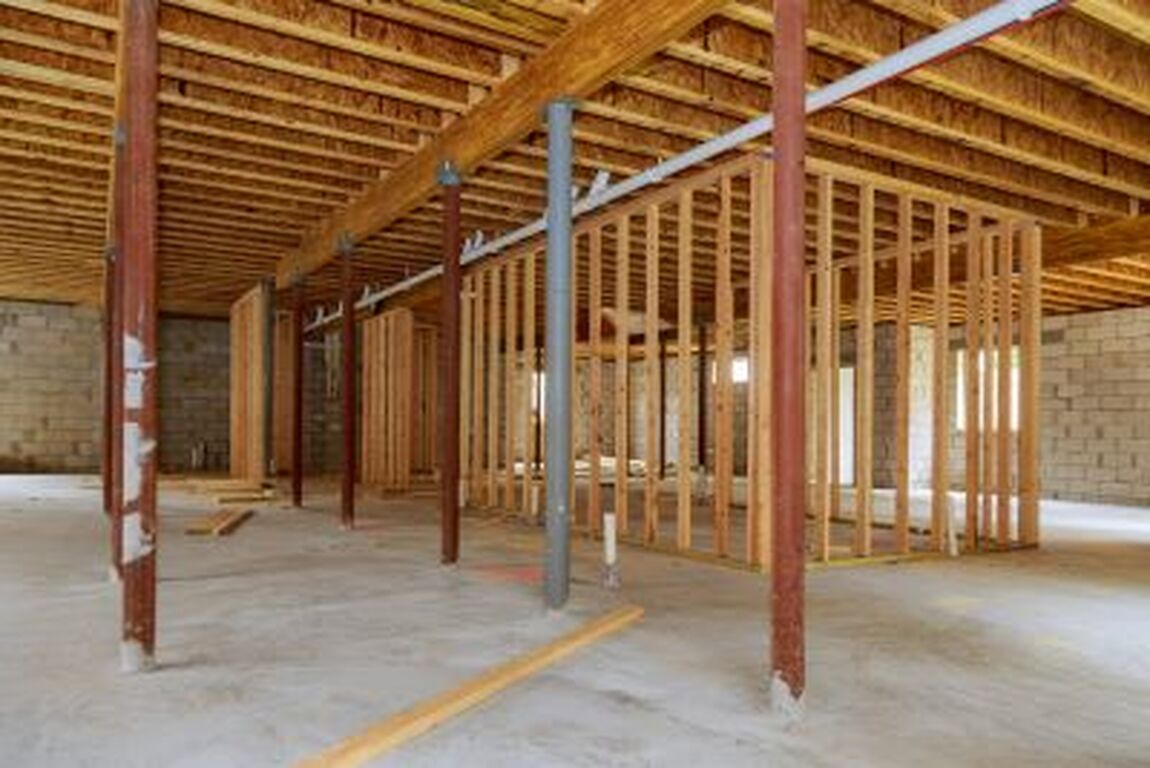Upgrading Your Home’s Insulation Can Save Significantly on Energy Costs
Enhance Your Home’s Efficiency with Insulation
Properly installed insulation can significantly reduce energy costs. According to the U.S. Department of Energy’s Office of Energy Efficiency & Renewable Energy, adding insulation to attics, floors, crawl spaces, and basement rim joists, and reducing air leaks can save homeowners up to 200 percent on heating and cooling costs. The U.S. Energy Information Administration reports that cutting home heating and cooling costs is also environmentally friendly, as over 51 percent of a home’s energy use is dedicated to heating and air conditioning. Moreover, insulation reduces noise, keeps pests out, waterproofs structures, and minimizes air filtration.
Types of Insulation
There are various types of insulation available, each with unique benefits:
-
Blanket Insulation:
- Format: Continuous rolls or pre-cut panels called batts.
- Use: Most common type in U.S. homes.
- Application: Walls, attics, floors, and ceilings.
-
Loose Fill Insulation:
- Format: Loose particles that can conform to any space.
- Use: Ideal for areas with irregular shapes or obstructions.
- Application: Attics, walls, and floors.
-
Sprayed or Foamed-in-Place Insulation:
- Format: Liquid foam that expands and hardens.
- Use: Fills small cavities and hard-to-reach areas.
- Application: Walls, roofs, and around obstructions.
-
Rigid Foam Boards:
- Format: 4-by-8-foot panels.
- Use: Provides high insulation value and moisture resistance.
- Application: Walls, ceilings, floors, and basements.
-
Wraps:
- Use: Wraps the entire house to provide a continuous barrier.
- Application: New constructions or major renovations.
-
Reflective Insulation:
- Format: Reflective materials that reduce heat flow.
- Use: Effective in reducing downward heat flow.
- Application: Roofs and walls.
-
Radiant Barrier:
- Use: Especially useful in hot, sunny climates to keep homes cooler.
- Application: Attics and roofs.
Understanding R-Values
Insulation works by reducing heat flow between the inside and outside of your home. The effectiveness of insulation is measured by its R-value, which indicates its ability to resist heat flow. The higher the R-value, the greater the insulation's effectiveness.
Upgrading Your Insulation
To determine the best insulation strategy for your home, it’s essential to have a certified contractor evaluate your current R-value. They can recommend whether additional R-value is needed, the types of insulation that are appropriate, and where insulation should be added, such as attics, crawl spaces, and walls.
2024 Updates:
- Energy Savings: With rising energy costs, upgrading insulation can provide even more significant savings on heating and cooling bills.
- Eco-Friendly Benefits: Improved insulation contributes to reduced carbon footprints, aligning with growing environmental awareness and sustainability goals.
- New Technologies: Innovations in insulation materials and installation methods offer better performance and durability.
Conclusion
Proper insulation is a crucial investment for energy efficiency, cost savings, and comfort. Whether you choose blanket, loose fill, sprayed foam, rigid foam boards, wraps, reflective insulation, or radiant barriers, enhancing your home’s insulation can provide substantial benefits. Consult with a certified contractor to evaluate your current insulation and make informed decisions for improvements.
Enhance Your Home’s Efficiency with Insulation
Properly installed insulation can significantly reduce energy costs. According to the U.S. Department of Energy’s Office of Energy Efficiency & Renewable Energy, adding insulation to attics, floors, crawl spaces, and basement rim joists, and reducing air leaks can save homeowners up to 200 percent on heating and cooling costs. The U.S. Energy Information Administration reports that cutting home heating and cooling costs is also environmentally friendly, as over 51 percent of a home’s energy use is dedicated to heating and air conditioning. Moreover, insulation reduces noise, keeps pests out, waterproofs structures, and minimizes air filtration.
Types of Insulation
There are various types of insulation available, each with unique benefits:
-
Blanket Insulation:
- Format: Continuous rolls or pre-cut panels called batts.
- Use: Most common type in U.S. homes.
- Application: Walls, attics, floors, and ceilings.
-
Loose Fill Insulation:
- Format: Loose particles that can conform to any space.
- Use: Ideal for areas with irregular shapes or obstructions.
- Application: Attics, walls, and floors.
-
Sprayed or Foamed-in-Place Insulation:
- Format: Liquid foam that expands and hardens.
- Use: Fills small cavities and hard-to-reach areas.
- Application: Walls, roofs, and around obstructions.
-
Rigid Foam Boards:
- Format: 4-by-8-foot panels.
- Use: Provides high insulation value and moisture resistance.
- Application: Walls, ceilings, floors, and basements.
-
Wraps:
- Use: Wraps the entire house to provide a continuous barrier.
- Application: New constructions or major renovations.
-
Reflective Insulation:
- Format: Reflective materials that reduce heat flow.
- Use: Effective in reducing downward heat flow.
- Application: Roofs and walls.
-
Radiant Barrier:
- Use: Especially useful in hot, sunny climates to keep homes cooler.
- Application: Attics and roofs.
Understanding R-Values
Insulation works by reducing heat flow between the inside and outside of your home. The effectiveness of insulation is measured by its R-value, which indicates its ability to resist heat flow. The higher the R-value, the greater the insulation's effectiveness.
Upgrading Your Insulation
To determine the best insulation strategy for your home, it’s essential to have a certified contractor evaluate your current R-value. They can recommend whether additional R-value is needed, the types of insulation that are appropriate, and where insulation should be added, such as attics, crawl spaces, and walls.
2024 Updates:
- Energy Savings: With rising energy costs, upgrading insulation can provide even more significant savings on heating and cooling bills.
- Eco-Friendly Benefits: Improved insulation contributes to reduced carbon footprints, aligning with growing environmental awareness and sustainability goals.
- New Technologies: Innovations in insulation materials and installation methods offer better performance and durability.
Conclusion
Proper insulation is a crucial investment for energy efficiency, cost savings, and comfort. Whether you choose blanket, loose fill, sprayed foam, rigid foam boards, wraps, reflective insulation, or radiant barriers, enhancing your home’s insulation can provide substantial benefits. Consult with a certified contractor to evaluate your current insulation and make informed decisions for improvements.


 Menu
Menu




